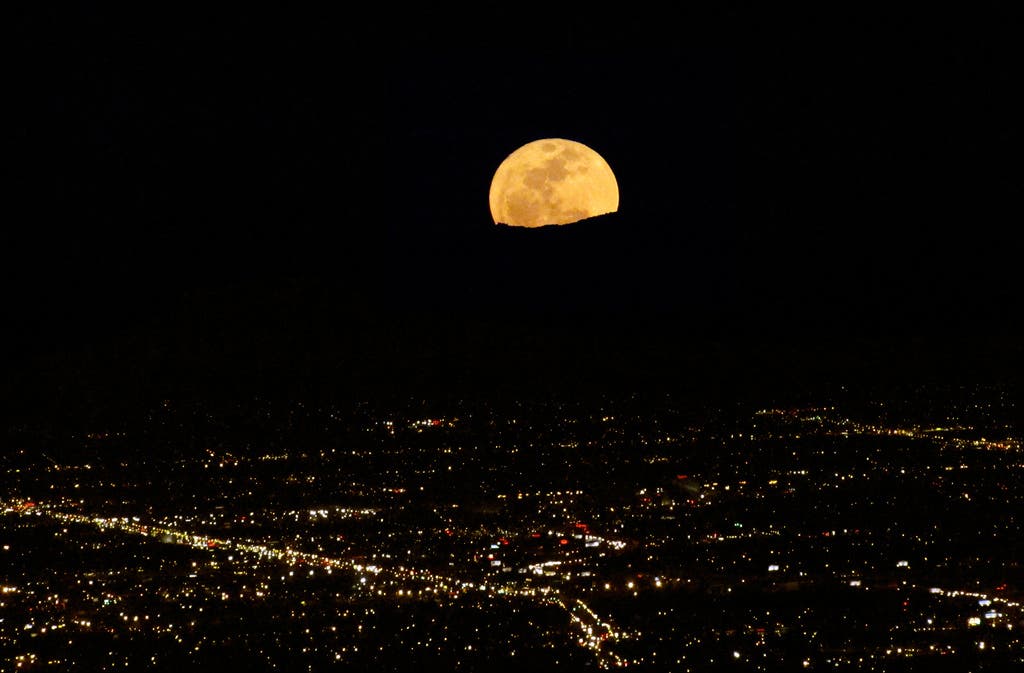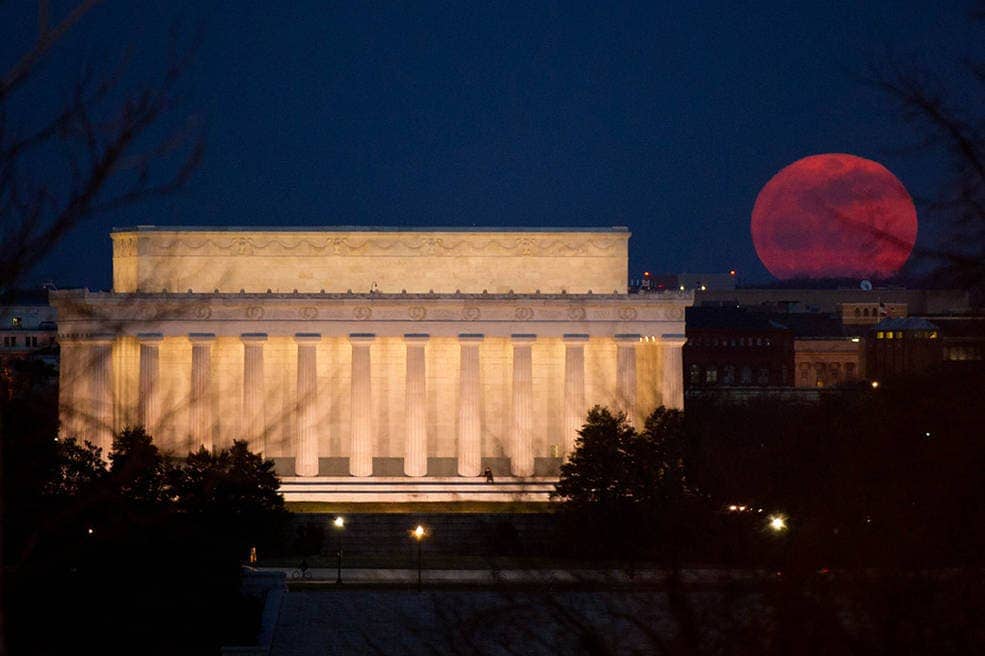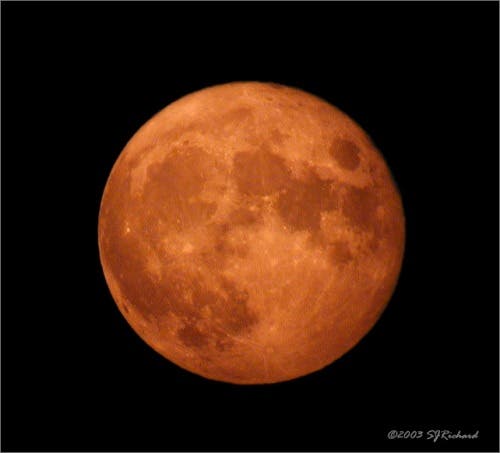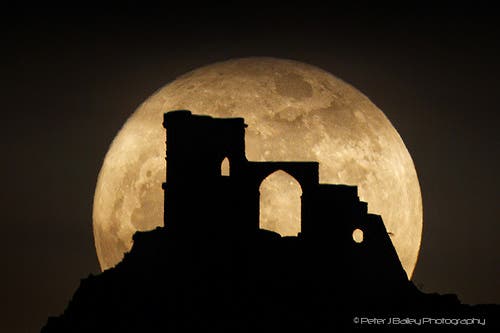As I was telling you in a post just a few days ago, there’s a supermoon on the rise, and it will reach us today, Saturday, on the 5th of May. It marks the period when the moon is closest to the Earth (perigee), and this period will coincide with a full moon, making it a sight you definitely want to see.
The proximity of the Moon will make it look approximately 15 percent bigger, but even though the difference isn’t fantastic, it will definitely be worth your time; just after it rises and before it sets, you’ll probably see it rising just above the trees or buildings – I caught a glimpse of the almost-full-moon last night and I have to say it was quite a sight.
The moon’s distance from Earth varies because it follows an elliptical orbit rather than a circular one. The effects of this event are not a spike in criminality or animals acting weird, like folklore and some people I know would suggest, but rather a stronger tide. If you happen to take any pictures of the moon tonight, please take a minute and share them with the rest of us – we promise to do the same.







